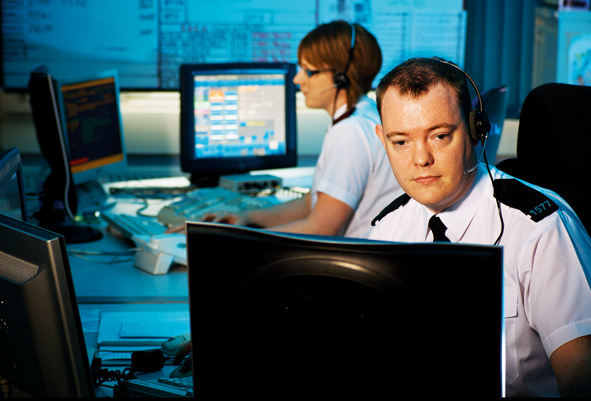Robot laser sensors will improve rescue missions
University researchers in the US have developed software for a robot
with a laser sensor that can enter dangerous structures to assess the
structures stability and locate any remaining people. This technology
could lead to safer and more efficient rescue missions or police
operations.

University researchers in the US have developed software for a robot with a laser sensor that can enter dangerous structures to assess the structures stability and locate any remaining people. This technology could lead to safer and more efficient rescue missions or police operations.
We are developing computer graphics visualisation software to allow the user to interactively navigate the 3D data captured from the robots scans, explained Ye Duan, associate professor of computer science in the University of Missouri College of Engineering. I worked with my students to develop computer software that helps the user to analyse the data and conduct virtual navigation, so they can have an idea of the structure before they enter it. The technology could save the lives of disaster victims and responders.
The remote-controlled robot, built by researchers at the Missouri University of Science and Technology, is designed to remotely transport a light detection and ranging unit (LIDAR) so that responders, such as police, firefighters and search and rescue teams, can know more about dangerous structures before entering. When inside the structure, the robot takes multiple scans using LIDAR that takes up to 500,000 point measurements per second. It can also scan through walls and windows. After the scans, the software forms the data points into sophisticated 3D maps that can show individual objects, create floorplans and colour-code areas inside the structure for stability. Depending on the data size, the data maps can take up from half-an-hour to two hours for the software to create.
Although the software and the robot can help in emergency situations, it could be commercialised for a variety of uses, Ye Duan said. This system could be used for routine structure inspections, which could help prevent tragedies such as the Minneapolis bridge collapse in 2007.
The researchers are now working to make the robot faster and smaller than the current model, which weighs about 200lbs and resembles the NASA rovers sent to Mars.
Ye Duans research has been published in the International Journal of CAD/CAM and the robot was recently named on the list of Washington DC-based Kiplingers Eight Robots That Will Change Your Life.
Source: University of Missouri-Columbia. Researchers Create Software for Robot to Improve Rescue Missions.


